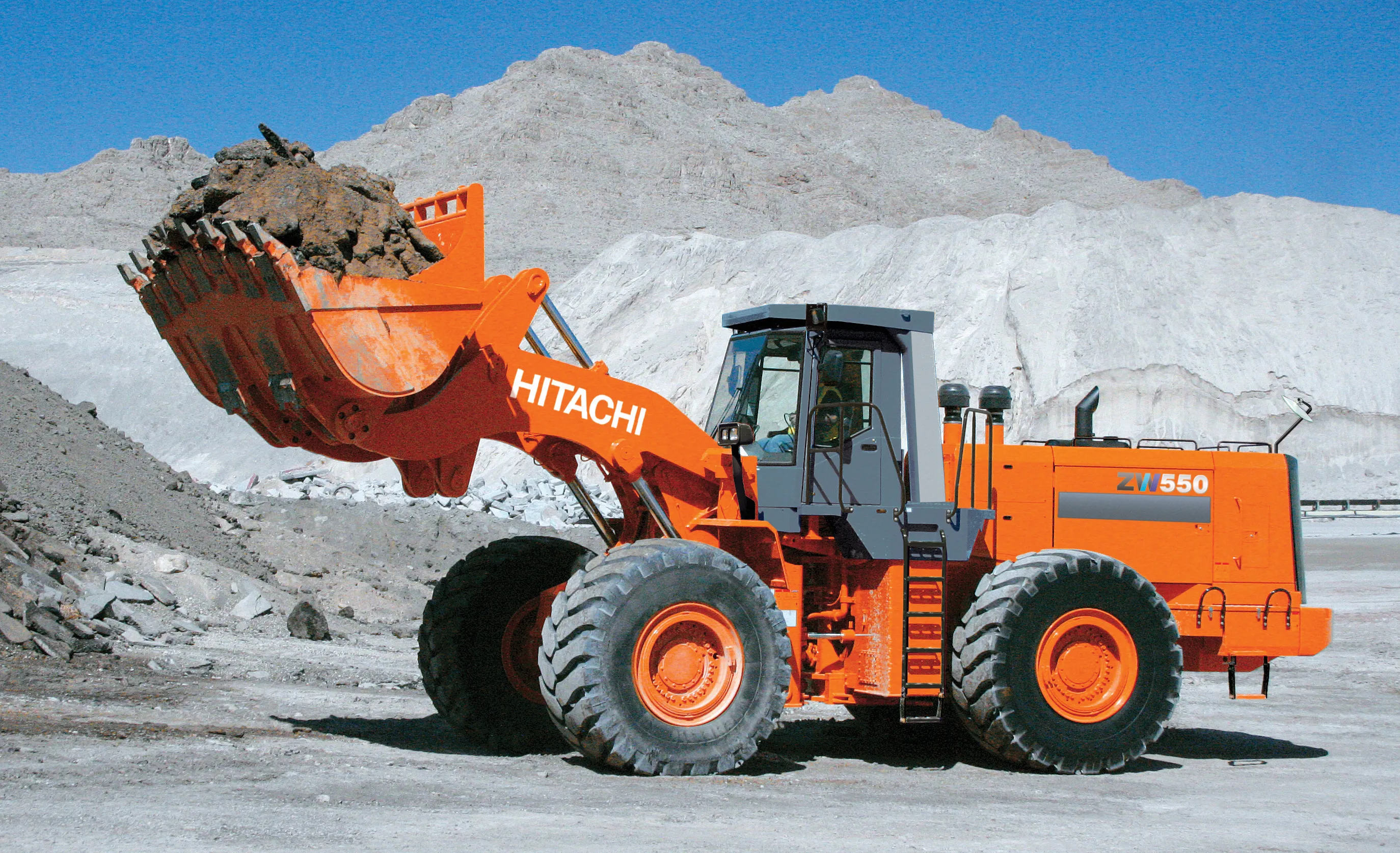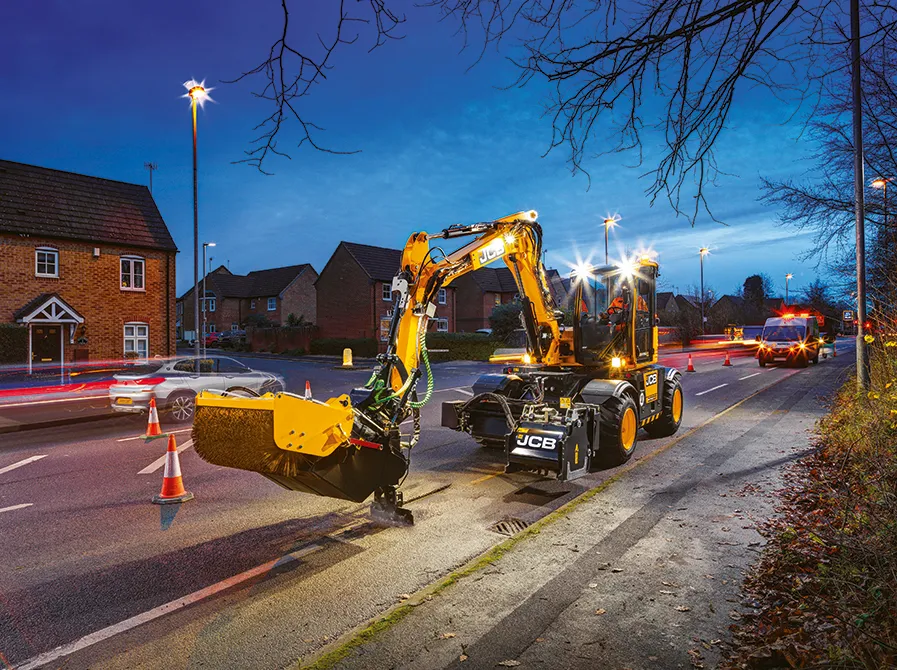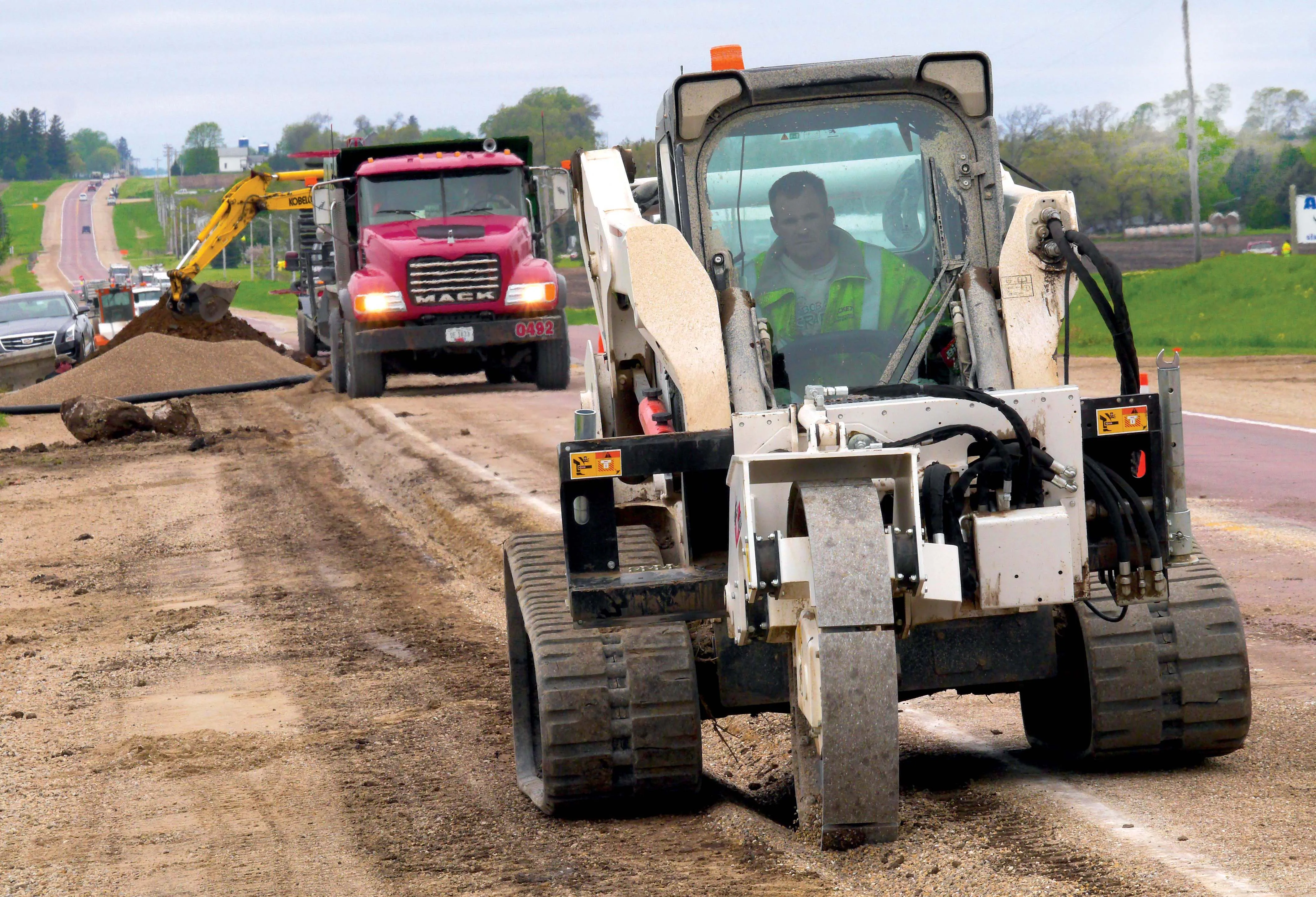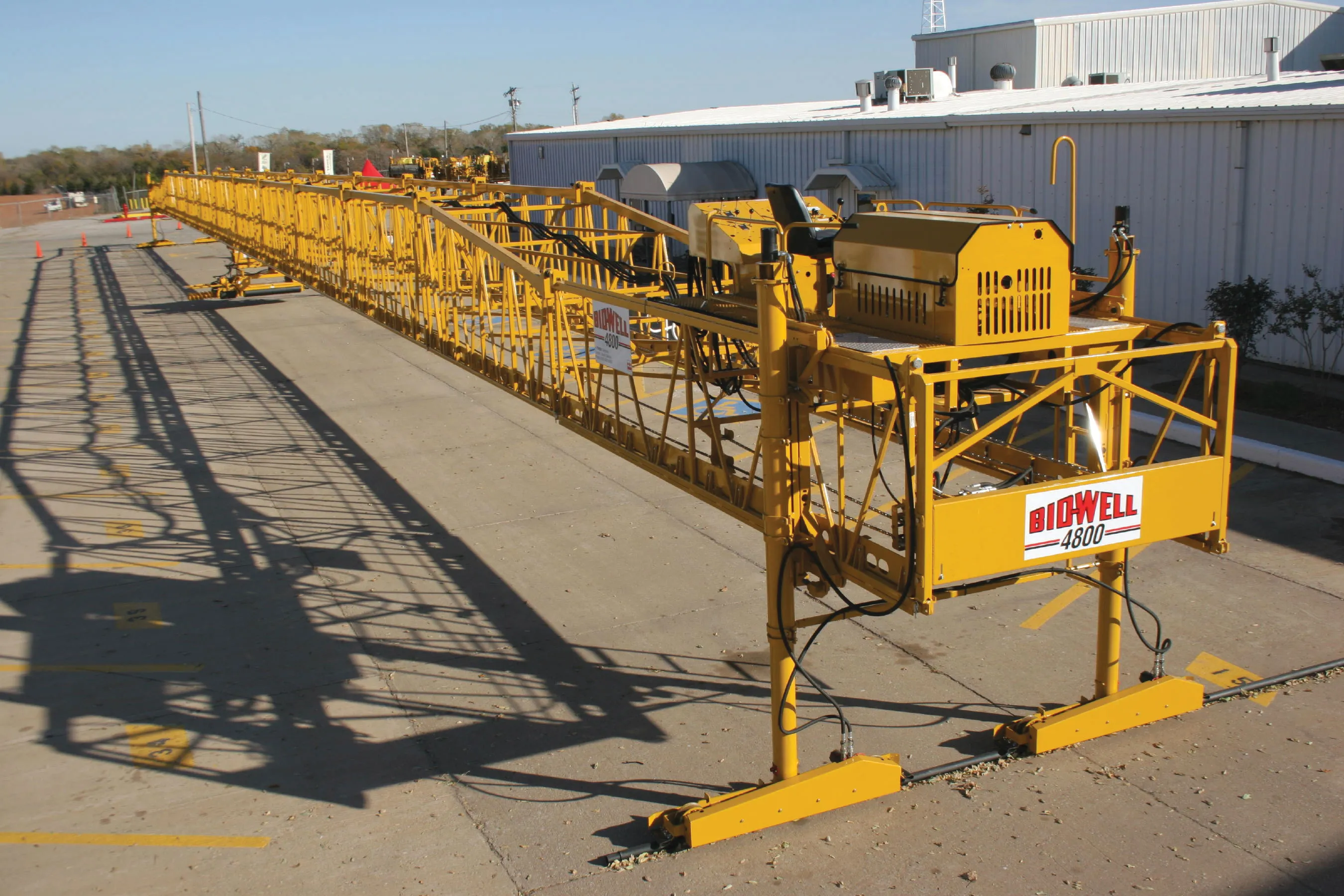With the latest 400 Series 3 range Case says it is offering a competitive line-up comprising five radial lift skid steers, three vertical lift models and four compact tracked loaders. Lifting capacities range from 680-1,750kg with power outputs from 44.7-67kW. The 400 Series 3 machines feature a new cab with a 7% increase in headroom and a 6% increase in lap-bar width for improved comfort. Depending on the model, the machines also benefit from a 20-80% larger frontal glass area, boosting visibility. A foot
July 17, 2012
Read time: 3 mins
With the latest 400 Series 3 range 176 Case says it is offering a competitive line-up comprising five radial lift skid steers, three vertical lift models and four compact tracked loaders.
Lifting capacities range from 680-1,750kg with power outputs from 44.7-67kW. The 400 Series 3 machines feature a new cab with a 7% increase in headroom and a 6% increase in lap-bar width for improved comfort. Depending on the model, the machines also benefit from a 20-80% larger frontal glass area, boosting visibility.
A foot throttle is now standard on all models and the machines come with features including a reversing alarm and horn. Externally, side lighting improves illumination to the sides of the machine for night time operation. The standard overhead window has an increased glazed area, further improving visibility to the bucket or attachment when working in the raised position. Pilot controls are now available as an option in either ISO or classic H-pattern configurations.
The machines come with a wide variety of bucket types, plus attachments such as a pick up broom, auger, backhoe, cold planer, dozer blade, hammer, trencher, roto tiller and snow blower. Another important feature is the optional ride control, which reduces operator fatigue while the optional hydraulic self-levelling cuts spillage and cycle times.
However, the firm is now capitalising on the market for compact loaders which has grown in recent years, although sales have suffered recently as a result of the economic downturn. At first compact loaders were seen as a mere offshoot of skid steer loaders but these machines are now being recognised as useful performers onsite.
Until the recent downturn in economic fortunes, compact loaders had been enjoying a period of strong growth. According to Case, the total number of machines sold in Europe, Africa, the Middle East and Russia grew 50% from 2004-2007, with sales increasing from 7,000 to 11,500 machines, a volume that was maintained in 2008.
In Europe, Germany, Austria and Switzerland are where compact loaders are most popular. From 2004-2007, sales grew even more rapidly in this area, from 4,300 to 7,000 units. The popularity of compact loaders in these three countries is due to the way the machines are used in tandem with other machines. By comparison, in the UK there is a strong reliance on the backhoe loader. However in Germany, users have preferred to operate two separate machines: a compact loader and a mini excavator. Mini excavators are seen as a lot more flexible than backhoe loaders as they can dig through 360º, compared to a backhoe which is limited to 180º.
Compact loaders can be fitted with many other attachments including cold planing units, trenchers, sweepers and side tip buckets. To maximise versatility, the machines can come with rapid hydraulic attachments to make them compatible with all skid steer attachments as well as an auxiliary hydraulic circuit with quick couplings.
Lifting capacities range from 680-1,750kg with power outputs from 44.7-67kW. The 400 Series 3 machines feature a new cab with a 7% increase in headroom and a 6% increase in lap-bar width for improved comfort. Depending on the model, the machines also benefit from a 20-80% larger frontal glass area, boosting visibility.
A foot throttle is now standard on all models and the machines come with features including a reversing alarm and horn. Externally, side lighting improves illumination to the sides of the machine for night time operation. The standard overhead window has an increased glazed area, further improving visibility to the bucket or attachment when working in the raised position. Pilot controls are now available as an option in either ISO or classic H-pattern configurations.
The machines come with a wide variety of bucket types, plus attachments such as a pick up broom, auger, backhoe, cold planer, dozer blade, hammer, trencher, roto tiller and snow blower. Another important feature is the optional ride control, which reduces operator fatigue while the optional hydraulic self-levelling cuts spillage and cycle times.
However, the firm is now capitalising on the market for compact loaders which has grown in recent years, although sales have suffered recently as a result of the economic downturn. At first compact loaders were seen as a mere offshoot of skid steer loaders but these machines are now being recognised as useful performers onsite.
Until the recent downturn in economic fortunes, compact loaders had been enjoying a period of strong growth. According to Case, the total number of machines sold in Europe, Africa, the Middle East and Russia grew 50% from 2004-2007, with sales increasing from 7,000 to 11,500 machines, a volume that was maintained in 2008.
In Europe, Germany, Austria and Switzerland are where compact loaders are most popular. From 2004-2007, sales grew even more rapidly in this area, from 4,300 to 7,000 units. The popularity of compact loaders in these three countries is due to the way the machines are used in tandem with other machines. By comparison, in the UK there is a strong reliance on the backhoe loader. However in Germany, users have preferred to operate two separate machines: a compact loader and a mini excavator. Mini excavators are seen as a lot more flexible than backhoe loaders as they can dig through 360º, compared to a backhoe which is limited to 180º.
Compact loaders can be fitted with many other attachments including cold planing units, trenchers, sweepers and side tip buckets. To maximise versatility, the machines can come with rapid hydraulic attachments to make them compatible with all skid steer attachments as well as an auxiliary hydraulic circuit with quick couplings.









